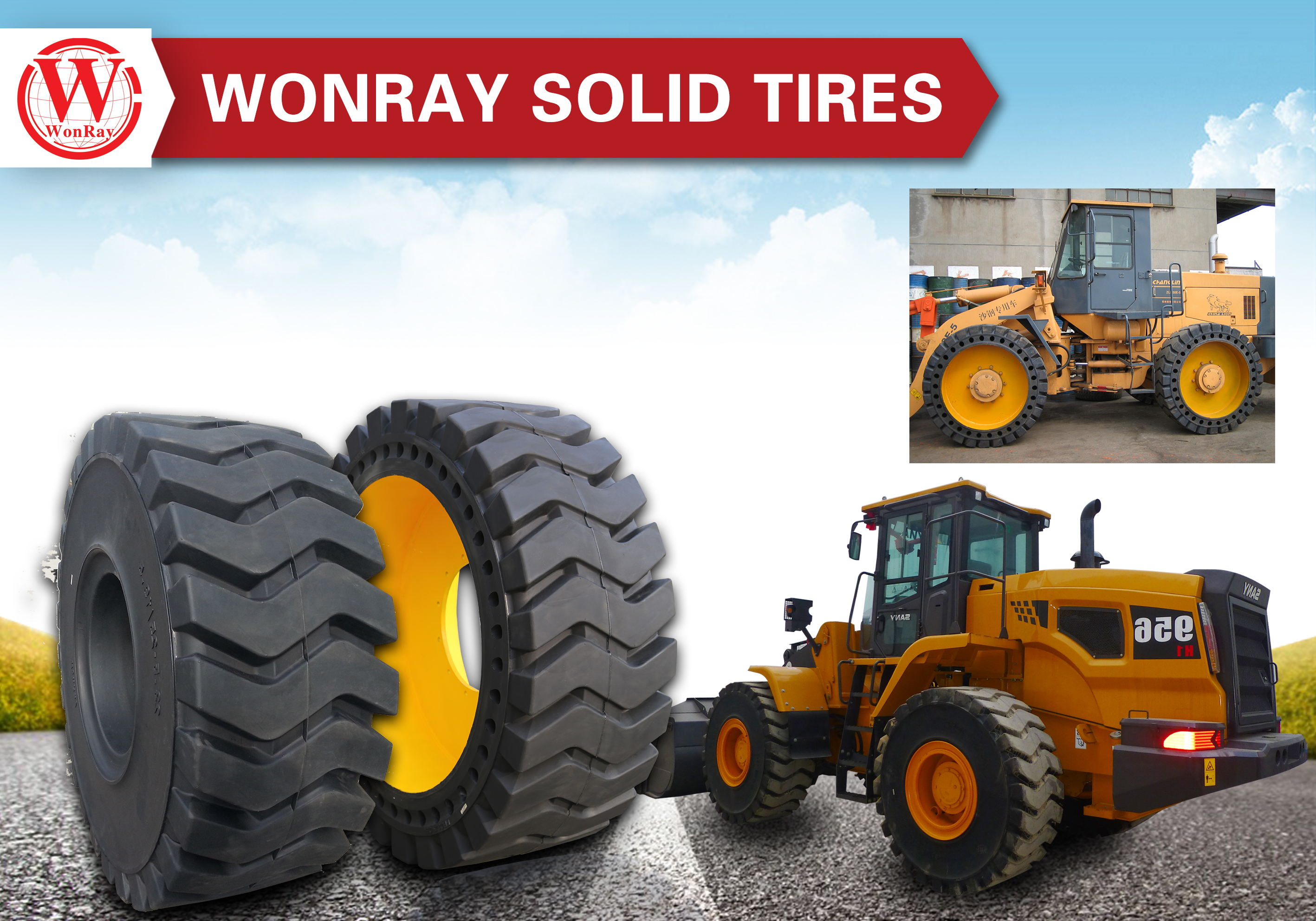In construction, waste management, mining, and material-handling industries, equipment reliability directly impacts productivity and cost efficiency. Among the most widely used tire specifications, 12×16.5 has become a standard size for skid steers and compact loaders. Choosing the right tire type—especially in high-wear and harsh working environments—is critical for equipment stability, traction, and long-term performance.
Why the 12×16.5 Tire Size Matters for Industrial Operations
The 12×16.5 size fits a wide range of skid steer models from global brands, making it one of the most frequently purchased tire sizes in the industrial sector. The right 12×16.5 tire ensures better load support, reduces downtime caused by tire damage, and improves safety in demanding applications. For companies operating fleets or rental equipment, selecting high-quality 12×16.5 tires is an investment that directly affects operational efficiency and maintenance costs.
Types of 12×16.5 Tires Available in the Market
Different worksites require different tire designs. Below are the most common 12×16.5 tire types used in industrial settings.
1. Solid (Puncture-Proof) 12×16.5 Tires
-
Zero risk of puncture or blowout
-
Ideal for scrap yards, demolition sites, recycling plants
-
Longer service life—2–3 times that of pneumatic tires
-
Lower maintenance and no air pressure management
2. Pneumatic (Air-Filled) 12×16.5 Tires
-
Softer ride and better driving comfort
-
Cost-effective for general construction
-
Suitable for uneven terrain with moderate risks
3. Foam-Filled 12×16.5 Tires
-
Enhanced durability compared to pneumatic
-
Maintains some flexibility while preventing sudden deflation
-
Good balance between comfort and puncture resistance
These options allow businesses to choose based on worksite conditions, budget, and performance expectations.
Key Features to Consider When Selecting 12×16.5 Tires
To maximize tire performance and equipment lifespan, B2B buyers should evaluate the following features:
-
Load capacity suitable for heavy lifting and continuous shifts
-
Tread pattern (block, directional, deep-lug, smooth) for traction and stability
-
Rubber or compound quality to handle abrasion, heat, and tearing
-
Sidewall strength for operations involving sharp debris
-
Heat dissipation to prevent overheating in long-hour operations
High-quality tires reduce downtime and deliver a stronger ROI for industrial and rental fleets.
Industry Applications of 12×16.5 Tires
12×16.5 solid and pneumatic tires are widely used across:
-
Construction and earthmoving
-
Mining and quarry operations
-
Waste management and recycling plants
-
Ports and warehouses
-
Landscaping and agriculture
-
Equipment rental fleets
Their durability and compatibility make them a universal choice for compact industrial equipment.
Conclusion
The 12×16.5 tire size remains one of the most reliable and versatile options for skid steers and compact industrial machinery. Whether using solid, pneumatic, or foam-filled models, choosing high-quality tires improves safety, stability, and long-term operating costs. For distributors, contractors, and rental businesses, investing in durable 12×16.5 tires is essential for maintaining equipment performance and minimizing downtime.
FAQ
1. What equipment commonly uses 12×16.5 tires?
Mainly skid steer loaders, compact loaders, and some industrial machinery.
2. What is the best type of 12×16.5 tire for harsh environments?
Solid puncture-proof tires perform best in demolition, scrap yards, and recycling facilities.
3. Are 12×16.5 solid tires more expensive?
Yes, but they last 2–3 times longer and significantly reduce maintenance costs.
4. Can 12×16.5 tires be customized?
Many manufacturers offer custom tread patterns, rubber compounds, and sidewall reinforcements.
Post time: 17-11-2025

